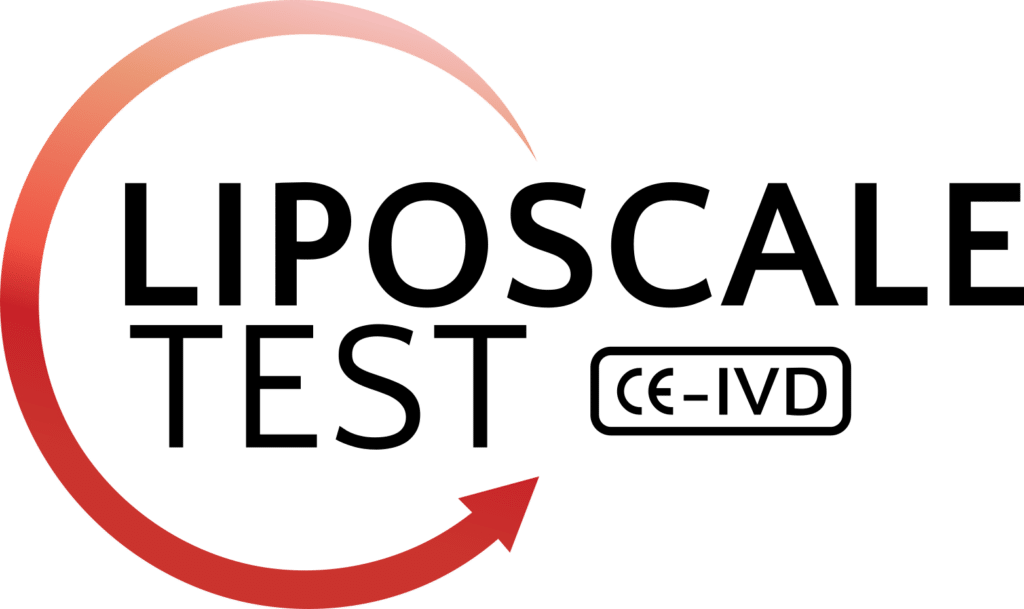On World Parkinson’s Day, it is essential to highlight not only the challenges faced by those diagnosed with this neurodegenerative disease but also to celebrate the scientific advances that open new avenues for early diagnosis and treatment. Among these advances, metabolomics emerges as a promising frontier. It offers a unique window into the inner workings of our body through the study of metabolites present in the body.
Applied to the field of neuroscience, metabolomics allows for the identification of specific biomarkers at early stages of diseases such as Parkinson’s, long before the manifestation of symptoms. This innovative methodology has the potential not only to transform the early diagnosis of Parkinson’s disease and other Lewy body-type synucleinopathies but also to personalize treatments. That would significantly improve the quality of life for patients.
In a scientific breakthrough published in npj Parkinson’s Disease, researchers led by Ariadna Laguna, Helena Xicoy, and Miquel Vila have demonstrated how metabolomics, the detailed study of metabolites in the body, can reveal critical biomarkers for the early detection of neurodegenerative diseases like Parkinson’s disease (PD) and dementia with Lewy bodies (DLB).
Isolated Rapid Eye Movement (REM) Sleep Behavior Disorder (iRBD) is known as a prodromal stage of Lewy body-type synucleinopathies. These conditions can initially manifest as parkinsonism (PD) or dementia (DLB). This study analyzed lipoprotein and glycoprotein profiles in serum samples from 82 patients with iRBD and 29 controls. Nuclear magnetic resonance (NMR) spectroscopy was used, to look for significant differences that could predict the conversion to PD or DLB.
The results found no significant differences between patients with iRBD and controls in a univariate analysis. However, when distinguishing between patients who would predominantly develop parkinsonism (pre-PD) or dementia (pre-DLB), significant differences were observed. It suggested that metabolic profiles could indicate the possible future clinical outcome of iRBD patients.
Furthermore, predictive models were constructed that distinguish between controls and pre-DLB patients and between pre-DLB and pre-PD patients. These models could predict, with significant accuracy, which patients with iRBD are at high risk of converting to parkinsonism or dementia in the short term.
This study highlights the potential of metabolomics as a useful tool to identify serological biomarkers at early stages of neurodegenerative diseases. In the long term, this could allow for earlier and personalized interventions for at-risk patients. It would transform the current approach to the diagnosis and management of Parkinson’s and other Lewy body-type synucleinopathies.
On this World Parkinson’s Day, from Biosfer Teslab, we want to underline the importance of research and innovation in understanding and treating neurodegenerative diseases. Offering hope to millions of people affected worldwide.



